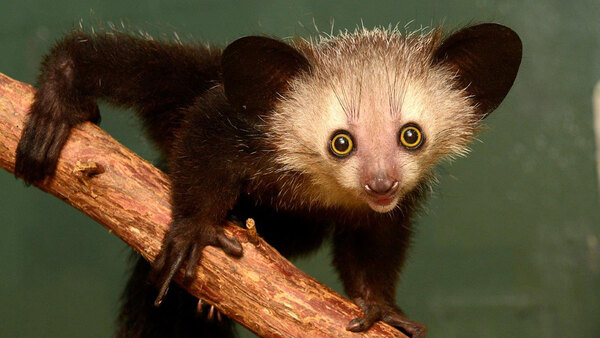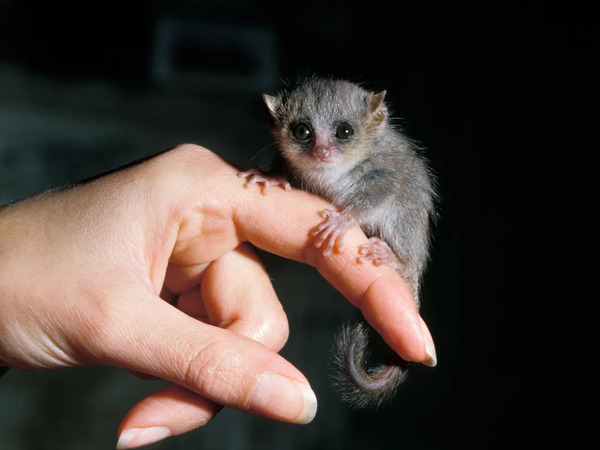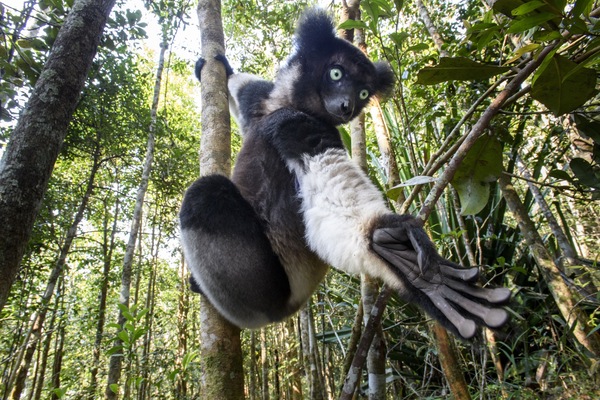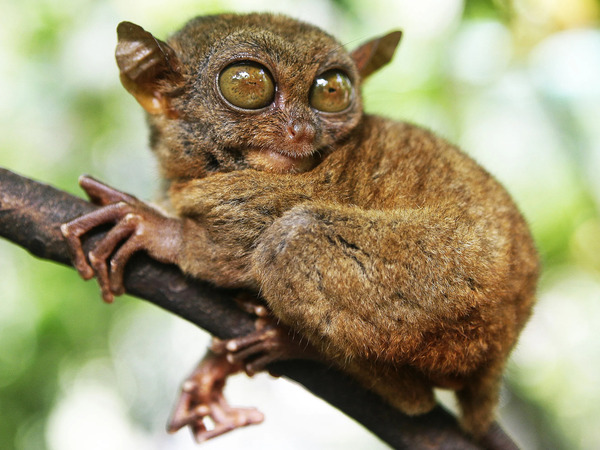Lemurs are fascinating creatures known for their unique appearance, behavior, and crucial role in Madagascar’s ecosystems. Among their striking features, big eyes stand out as both a charming trait and an evolutionary adaptation. This article dives into the world of lemurs, focusing on their large eyes, their ecological significance, and the challenges they face today.

Lemurs’ eyes are specifically adapted for nocturnal vision, allowing them to thrive in low-light conditions. Their large size and reflective layer, called the tapetum lucidum, enhance their ability to see in the dark. This adaptation enables them to hunt for food, navigate dense forests, and avoid predators under the cover of night.
Large pupils: Allow maximum light intake.
Tapetum lucidum: Reflects light to the retina, improving night vision.
Wide field of view: Helps arboreal lemurs spot dangers and locate food.
Lemur eyes may lack the high color vision and detail perception of diurnal primates but are perfect for their nocturnal lifestyles.
Some lemurs are especially known for their large, expressive eyes. Here are notable species:

Known for its eerie, large eyes and elongated middle finger, the aye-aye is a nocturnal lemur with exceptional hunting skills.
Its eyes help it locate insects and larvae in tree bark.

One of the smallest primates in the world, the mouse lemur’s big eyes are vital for spotting food and predators at night.

Although primarily diurnal, the indri’s eyes still play a key role in its arboreal navigation.
Each species’ eyes are adapted to their unique behaviors and habitats.
Lemurs are endemic to Madagascar, an island that boasts one of the most diverse ecosystems in the world. Their habitats range from dense rainforests to arid regions, but deforestation and habitat destruction have put them under significant threat.
Madagascar loses nearly 1% of its forests annually, directly impacting lemurs.
Illegal logging, agriculture, and human encroachment are major culprits.
Lemurs are arboreal creatures, relying on their surroundings for food, shelter, and social interactions. They play an essential role in seed dispersal, helping maintain the health of Madagascar’s forests.
Most lemurs are omnivorous, eating fruits, leaves, insects, and nectar.
Lemurs exhibit a mix of solitary and social lifestyles, depending on the species.
Lemurs are part of the Strepsirrhini suborder, providing insight into primate evolution. Their physical traits, including their eyes, offer clues about early primate ancestors.
The aye-aye, with its big eyes and strange appearance, is often surrounded by myths and superstitions. While this has led to negative associations, conservation efforts are working to educate locals about their ecological value.

Lemurs are critically endangered, with many species at risk of extinction. Conservation programs focus on:
Protecting Madagascar’s forests.
Supporting ecotourism to fund preservation.
Educating locals and combating illegal wildlife trade.
Support conservation organizations like the Lemur Conservation Foundation.
Spread awareness about Madagascar’s unique biodiversity.
Advocate for sustainable practices to reduce habitat loss.
Lemurs can communicate using vocalizations, body language, and their big, expressive eyes.
The aye-aye uses its large eyes and sensitive ears together for “percussive foraging.”
Despite their nocturnal adaptations, some lemurs, like the ring-tailed lemur, are active during the day.
The enchanting world of lemurs and their remarkable big eyes reminds us of nature’s ingenuity. As key players in Madagascar’s ecosystems, they symbolize the delicate balance of biodiversity. By understanding and protecting these creatures, we ensure the survival of one of the planet’s most unique and awe-inspiring animals.
Let’s work together to keep their big eyes shining brightly in the forests of Madagascar!
animal tags: Big-Lemur-Eyes
We created this article in conjunction with AI technology, then made sure it was fact-checked and edited by a Animals Top editor.